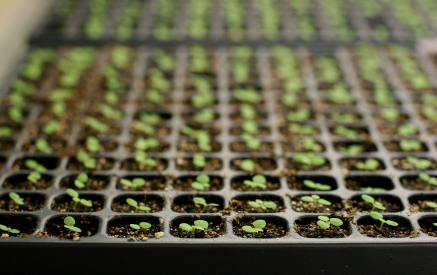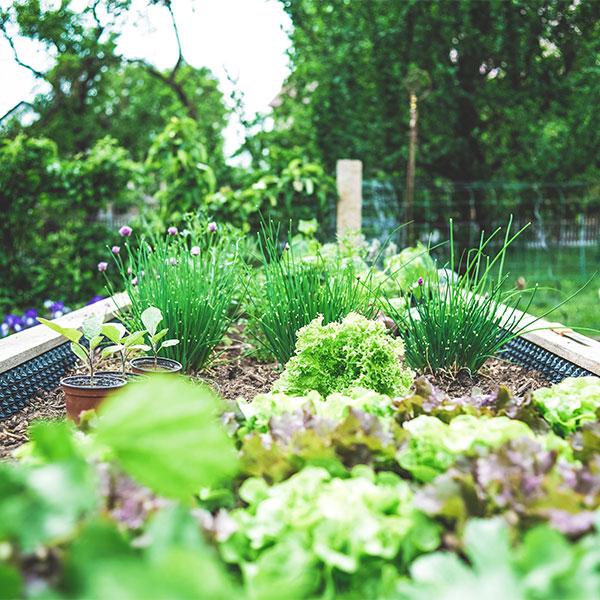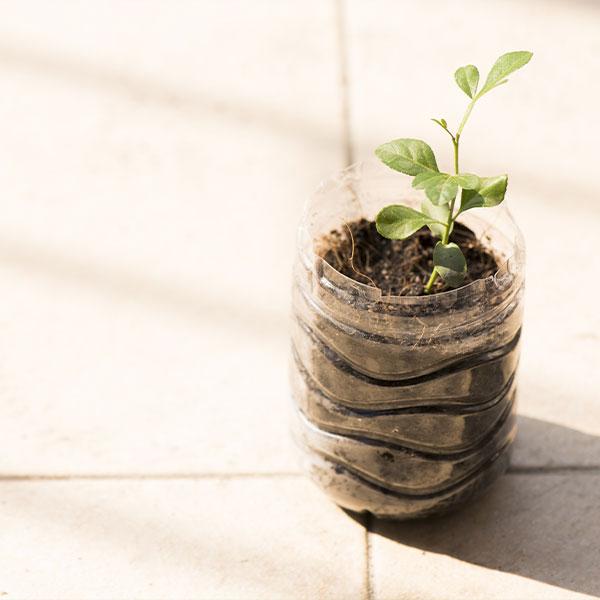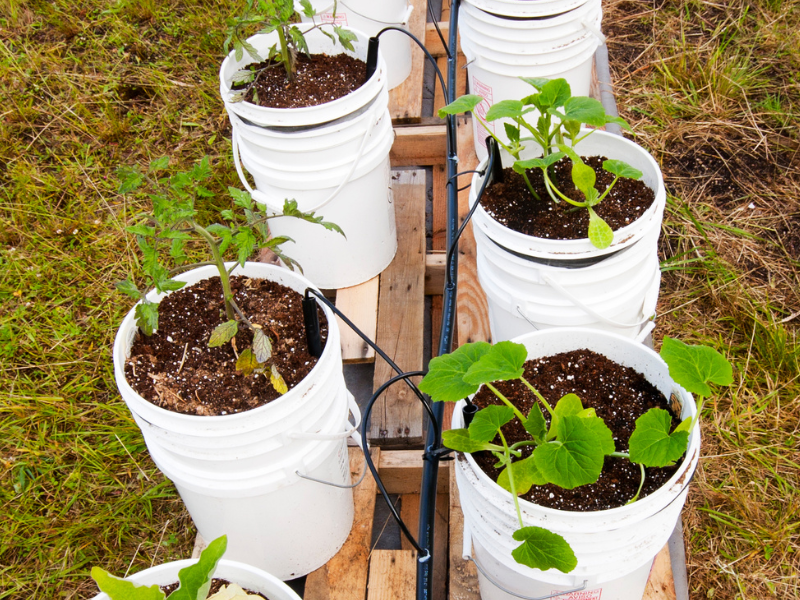Starting seeds indoors is an excellent way to get a head start on your spring garden. With the right techniques, you can save money, grow the foods your family loves, and even teach children about responsibility and nature.
When to Start Seeds Indoors
The timing for starting seeds depends on your local climate and the type of plants you're growing. To determine the best date:
- Check the estimated date of the last frost in your area.
- Review the seed packet for guidance on how many weeks are needed before transplanting outdoors.
- Plan to move plants outside when temperatures consistently stay above 50°F, both day and night.
Lighting Requirements
Light is crucial for indoor seed growth. While some seeds can grow in a windowsill with at least 8 hours of daily sunlight, most require supplemental lighting:
- Use grow lights or fluorescent lights to simulate sunlight.
- Keep plants under the light for 12-15 hours per day for optimal growth.

Choosing the Right Seeds
Consider these factors when selecting seeds:
- Choose plants that transplant well, such as tomatoes, peppers, or herbs.
- Avoid plants like lettuce, spinach, or root vegetables, which may struggle indoors.
- Start with inexpensive seeds in case you need to restart.
Preparing Soil for Seedlings
Good soil is essential for healthy seedlings. Use potting soil designed for seed starting, which typically includes:
- Peat, vermiculite, and other water-retaining components.
- A nutrient-rich mix to support initial growth.
When transplanting outdoors, ensure the garden soil provides similar nutrients to prevent transplant shock.
Maintaining Warmth
Seeds need warmth to germinate and grow. Follow these tips to maintain ideal temperatures:
- Place seed trays on top of a fridge or near a radiator for gentle heat.
- Use heating mats specifically designed for seedlings.
- Keep plants away from cold drafts, especially near windows or at night.
- Ensure the temperature stays above 50°F at all times.
Watering Indoor Plants
Indoor seedlings rely on you for hydration. To avoid common mistakes:
- Water the soil evenly but avoid overwatering to prevent mold.
- Ensure proper drainage in your pots or trays.
- Check soil moisture regularly to keep it slightly damp.
Transitioning Seedlings Outdoors
The transition to outdoor planting is critical. Follow these steps for success:
- Gradually expose seedlings to outdoor conditions by placing them outside during the day for a week.
- Bring them indoors if temperatures drop unexpectedly.
- Plant them in the ground when the weather is consistently warm.














